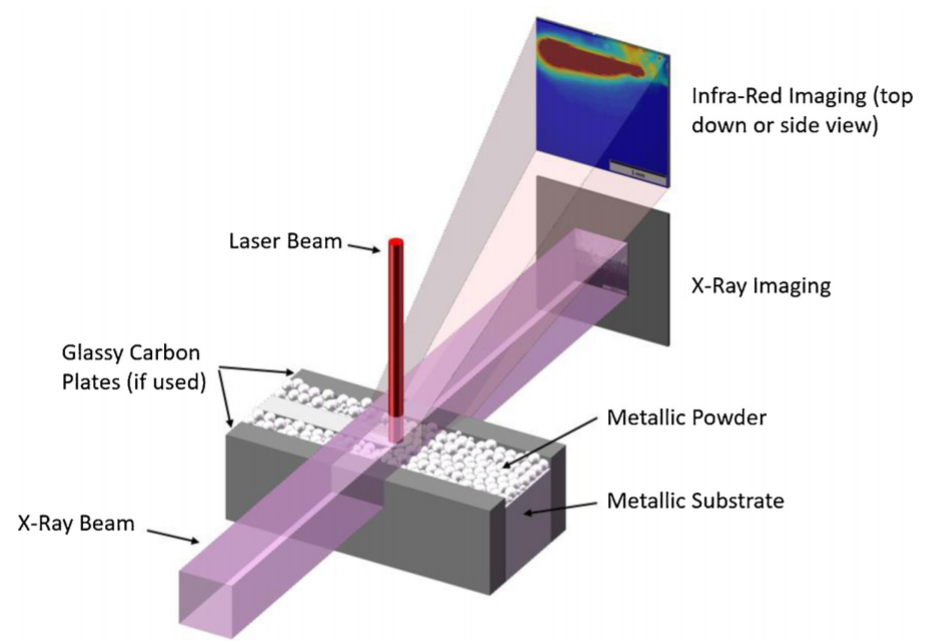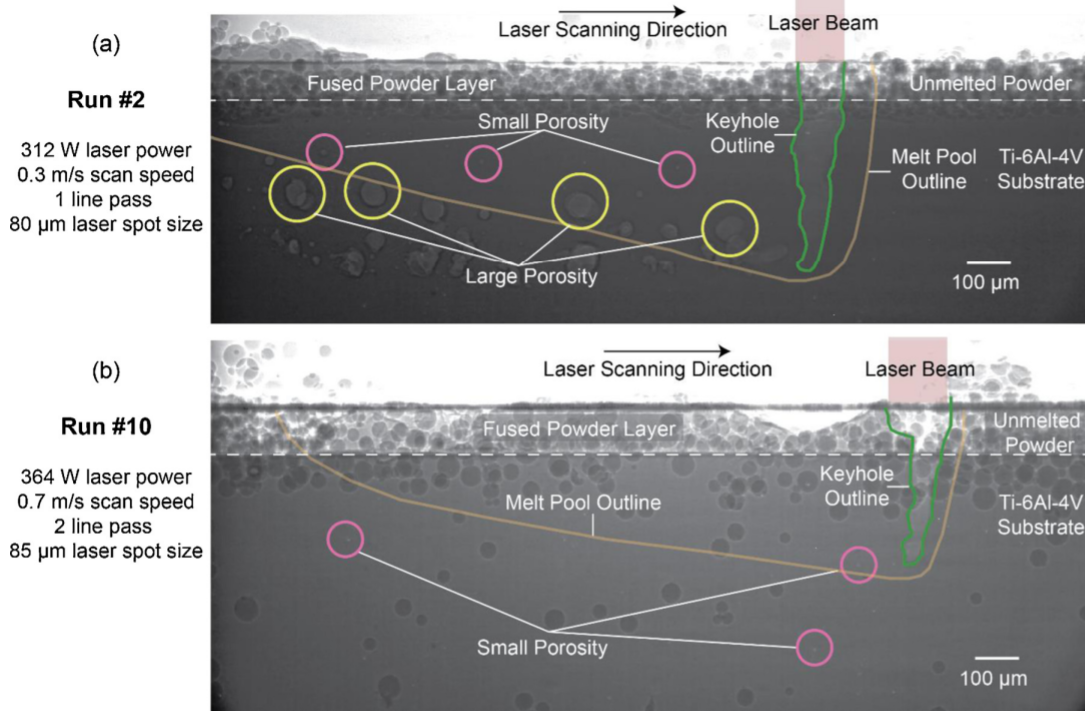China3D printingA team of researchers from Argonne National Laboratory and Texas A&M University has developed an innovative3D printingA new approach to component defect detection. Using real-time temperature data along with machine learning algorithms, the scientists were able to correlate the thermal history of the laser powder bed melting process with the formation of surface defects.
Aaron Greco, co-author of the study, explained: “Eventually, you’ll be able to print something out and collect temperature data at the source, and you can see if there’s some anomaly and either fix it or Start over. That’s the big goal.”
Pores in 3D printed parts
As complex as 3D printing is, even high-end industrial systems have pores, the voids in 3D printed parts where the metal powder isn’t fully melted. These voids often result in “weak spots” that make components prone to cracking and breaking.
There are many reasons for porosity, including powder inconsistency and insufficient laser intensity. According to Noah Paulson, the paper’s first author, Argonne’s work showed a clear correlation between the surface temperature of a part and the formation of internal pores.
Machine Learning and Powder Bed Fusion
To facilitate the research, the scientists utilized high-power X-rays from the Department of Energy’s Argonne University Advanced Photon Source (APS). The team designed and built an experimental PBF rig with an in-situ infrared camera that can be used to 3D print parts made from Ti-64 powder. During the printing process, a camera is used to capture temperature data, while an X-ray beam is used to view the printing process from the side to indicate whether pores have formed.according toChina 3D Printing Networklearn,
Having both a top view and a side view is really powerful. From the side, this is where the APS setup is really unique, and under certain processing conditions, based on different combinations of time and temperature, pores can form as the laser passes through. “

Experimental LB-PBF setup. Image via Argonne National Laboratory.
Interestingly, when comparing the thermal history with the respective porosity curves, the scientists found that the lower peak temperature followed by a gradual decrease in porosity may have little correlation with porosity. On the other hand, a subsequent decrease and subsequent increase in high peak temperature is likely to result in more porosity. Using their dataset, Paulson’s team continues to build a machine learning algorithm that can accurately predict the formation of pores based solely on the thermal history recorded during printing.
The ability to identify possible stomata formation from infrared imaging alone is a very powerful tool. It eliminates the need for costly individual part inspections, which is not always feasible when dealing with mass production. Paulson’s team hopes that in the coming months, the work can be developed and improved with more datasets and more sophisticated machine learning models.

X-ray imaging of the 3D printing process. Image via Argonne National Laboratory.
The predictive power of machine learning is actually starting to be harnessed in many aspects of additive manufacturing. Researchers at New York University recently used machine learning algorithms to reverse engineer glass and carbon fiber 3D printed components. By feeding CT scans of 3D printed parts into models, scientists were able to “steal” the toolpaths used to manufacture the parts, while maintaining the complexity that gives them strength and durability.
Elsewhere, at Swinburne University of Technology, researchers used machine learning to gain insights into the compressive strength of 3D printed building materials.To develop a method for classifying different 3D printed geopolymer samples, the researchers targeted specific variables and used machine learning models to optimize3D printing materialscomposition.
China 3D Printing NetworkCompile the article!
(responsible editor: admin)


0 Comments for “Argonne scientists use machine learning to predict defects in 3D printed parts”